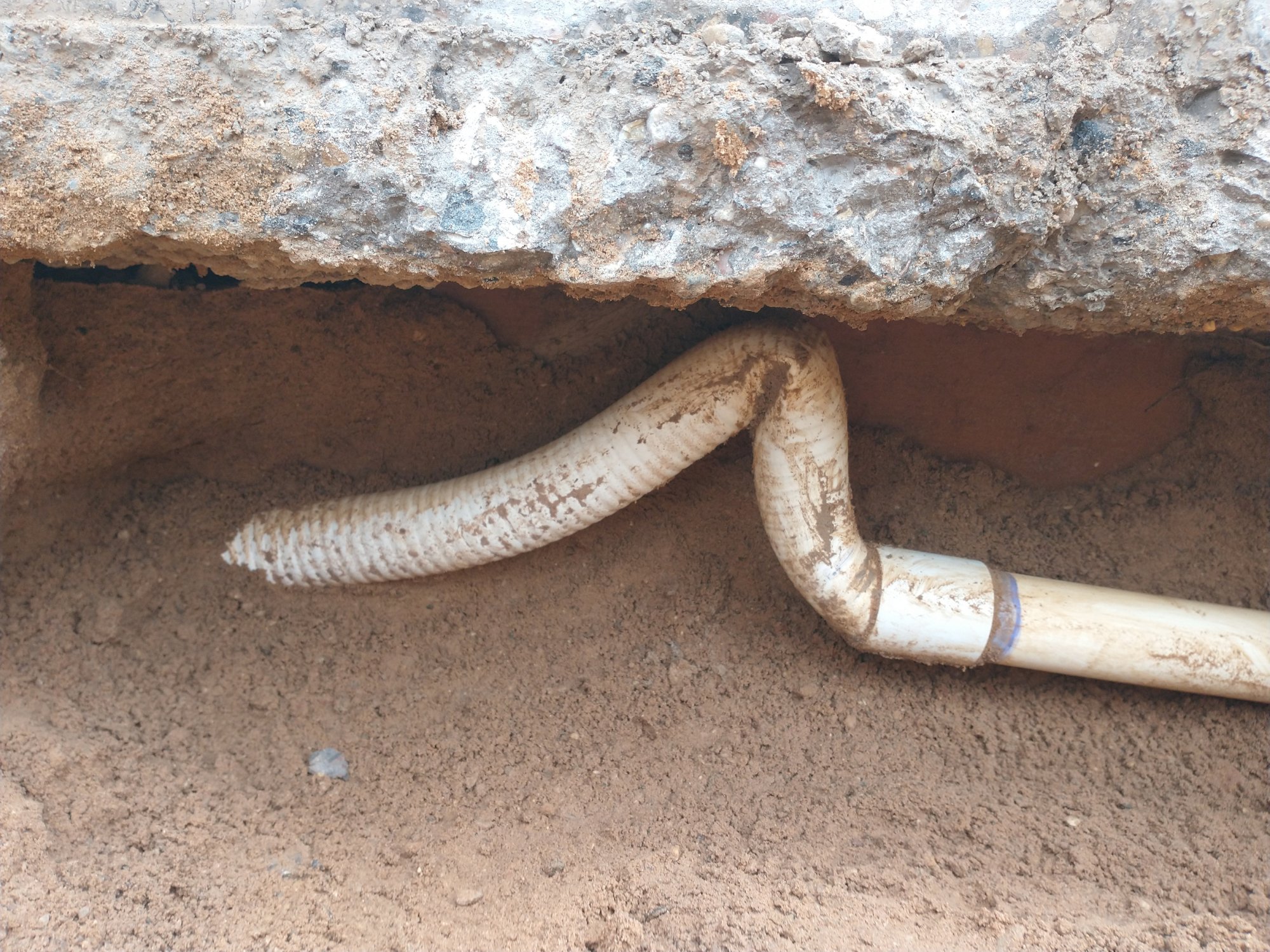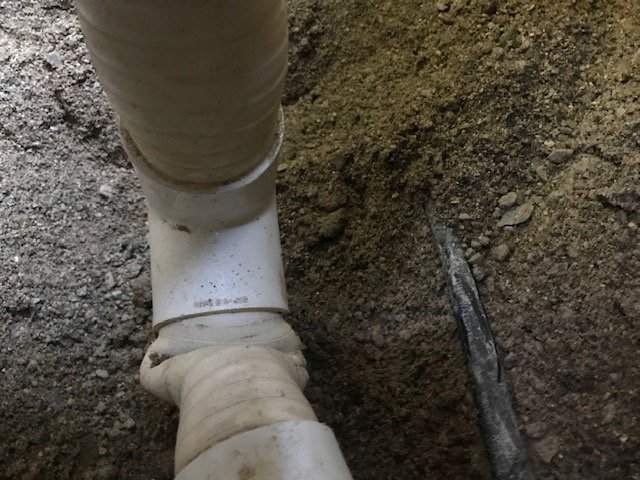- May 3, 2007
- 18,073
- Pool Size
- 20000
- Surface
- Plaster
- Chlorine
- Salt Water Generator
- SWG Type
- Hayward Aqua Rite (T-15)
Texas adopted ISPSC and APSP-7 is part of that. Under APSP-7, it specifies the main drain configuration that is acceptable;

 www.txpsc.org
www.txpsc.org

Even if they allow each MD to have it's own pipe, I would still cross connect the two at the spa as that is a safer configuration.
Also, what size spa jets (nozzle diameter) and/or flow rate requirement?

ISPSC
Helpful Links Texas Building Code Officials Association ICC Chapters in Texas Pool Safely

Even if they allow each MD to have it's own pipe, I would still cross connect the two at the spa as that is a safer configuration.
Also, what size spa jets (nozzle diameter) and/or flow rate requirement?




